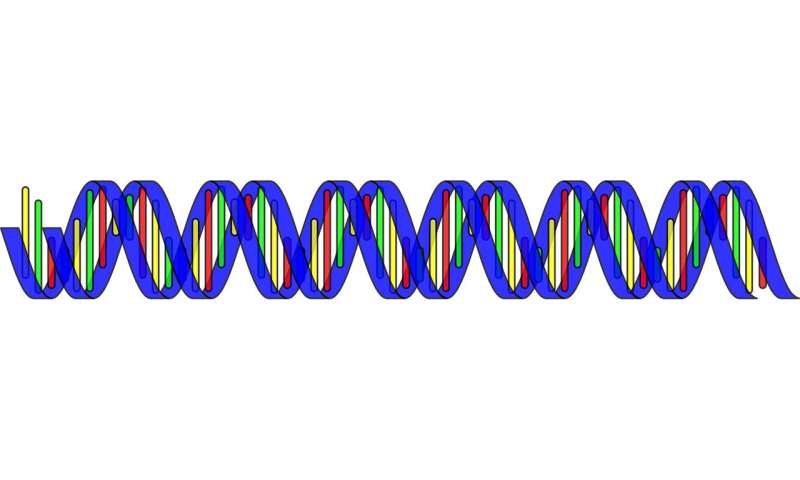
Using advanced imaging techniques, researchers at the University of Colorado Anschutz Medical Campus have mapped a previously uncharted region of the human genome that gives rise to a variety of disease, setting the stage to potentially test for the conditions in the future.
The study, published Sept. 3 in the journal Genome Research, was conducted by scientists at CU Anschutz led by Tamim Shaikh, Ph.D., the University of California San Francisco (UCSF) led by Pui-Yan Kwok MD, Ph.D. and KU Leuven in Belgium led by Joris Vermeesch, Ph.D.
The research upends the view of many that the human genome was fully mapped in 2001 with the completion of the Human Genome Project.
“We have realized over time that this is not entirely true, as there are numerous gaps that remain in the reference human genome sequence,” said Shaikh, one of the senior authors of the study. Shaikh is a professor of pediatrics in the section of Genetics and Metabolism at University of Colorado School of Medicine. “These gaps are present in regions that are unmappable and often `invisible’ to past and most current sequencing technologies.”
The researchers focused on a region on Chromosome 22, known as 22q11. There were numerous gaps in the sequence of this chromosome due to unmappable genetic sequences known as low copy repeats or LCRs.
LCRs are a significant source of genetic instability and can break chromosomes. That leads to a loss or gain of large pieces of DNA which can cause serious diseases. The loss of DNA in 22q11 leads to the 22q11 deletion syndrome resulting in symptoms which may include intellectual disability, dysmorphic features, heart defects, seizures, Autism spectrum disorders and schizophrenia.
Using two state-of-the-art genome mapping technologies known as fiber FISH and Bionano optical mapping, the researchers were able to see long DNA molecules and discover an unprecedented and extreme level of variability between individuals and populations. These differences can be hundreds of thousands to over two million base pairs of DNA.
“The large differences between people cannot be assessed without the mapping technologies deployed in this study,” said Dr. Pui-Yan Kwok, Henry Bachrach Distinguished Professor at UCSF, a collaborator of Dr. Shaikh who co-authored the paper. “Our approach brings clarity to the organization of the highly complex region studied.”
Shaikh agreed.
“You are mapping these chromosomal fragments back to the genome to see what is different,” Shaikh said. “We looked at over 150 apparently healthy people. We found the region in question was drastically different in each person.”
Some people carried far less and some far more DNA in this part of the genome.
Children with the 22q11 deletion syndrome and their parents were also tested to determine if their 22q11 LCRs were different.
“Now we can start asking questions like, `Is someone with more or less DNA more disposed to have a child with disease?'” Shaikh asked. “If so, then it might be possible to genetically test parents before they have children.”
Shaikh said this region of the genome is constantly evolving.
Source: Read Full Article
